Utatsusaurus hataii
Name Origin
The genus name was given in honor of the discovery site, Minamisanriku Town (formerly Utatsu Town), Miyagi Prefecture, while the species name was given in honor of the late Kotora Hatai.
Family
Utatsusauridae
Classification
Reptilia, Diapsida, Ichthyopterygia
Habitat (Discovery Location)
Japan
Period
Approximately 250 to 245 million years ago (Early Triassic)
Length
Approximately 2 to 3 meters
Weight
Unknown
Diet
Piscivore (Fish-eater)
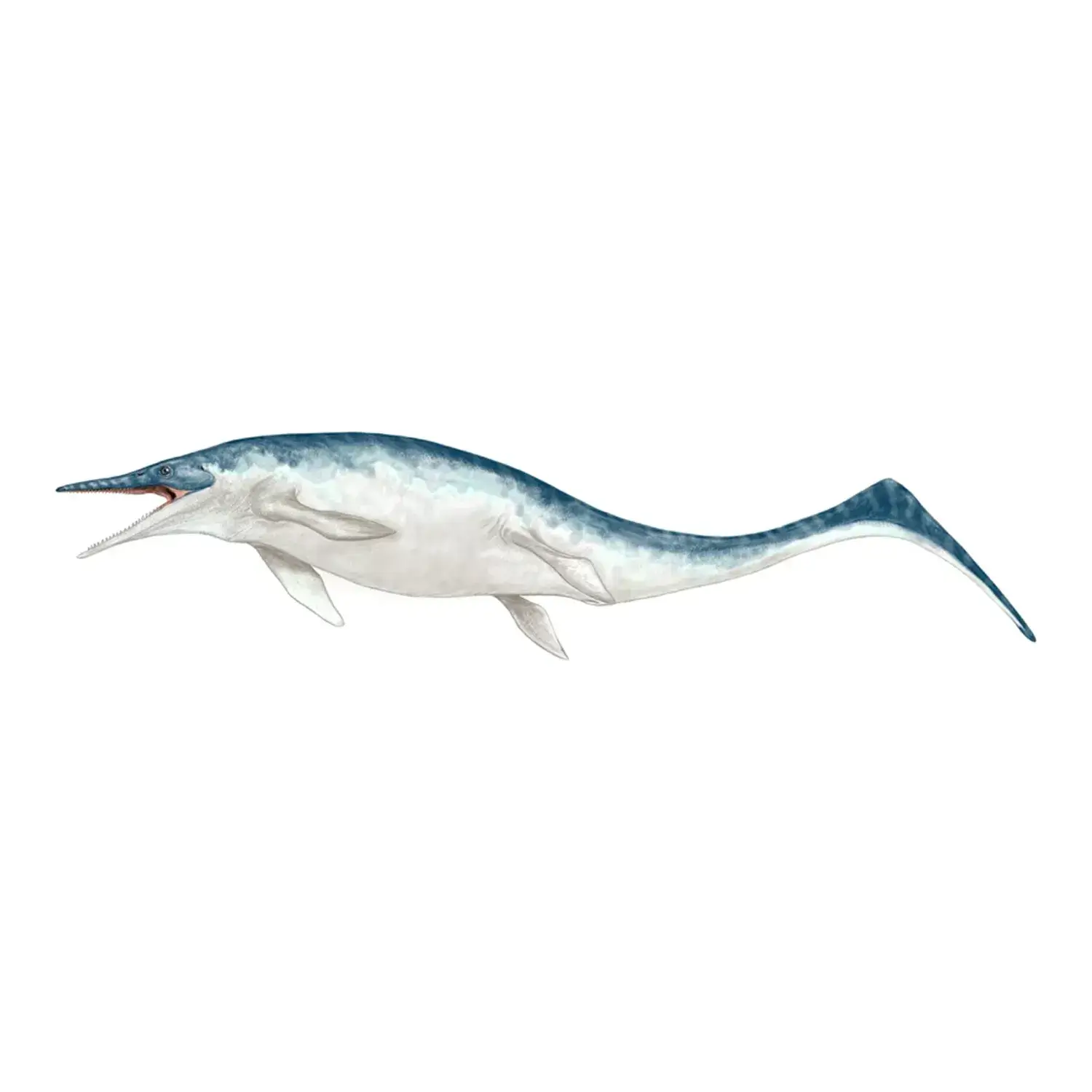
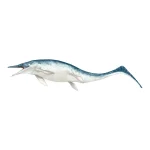

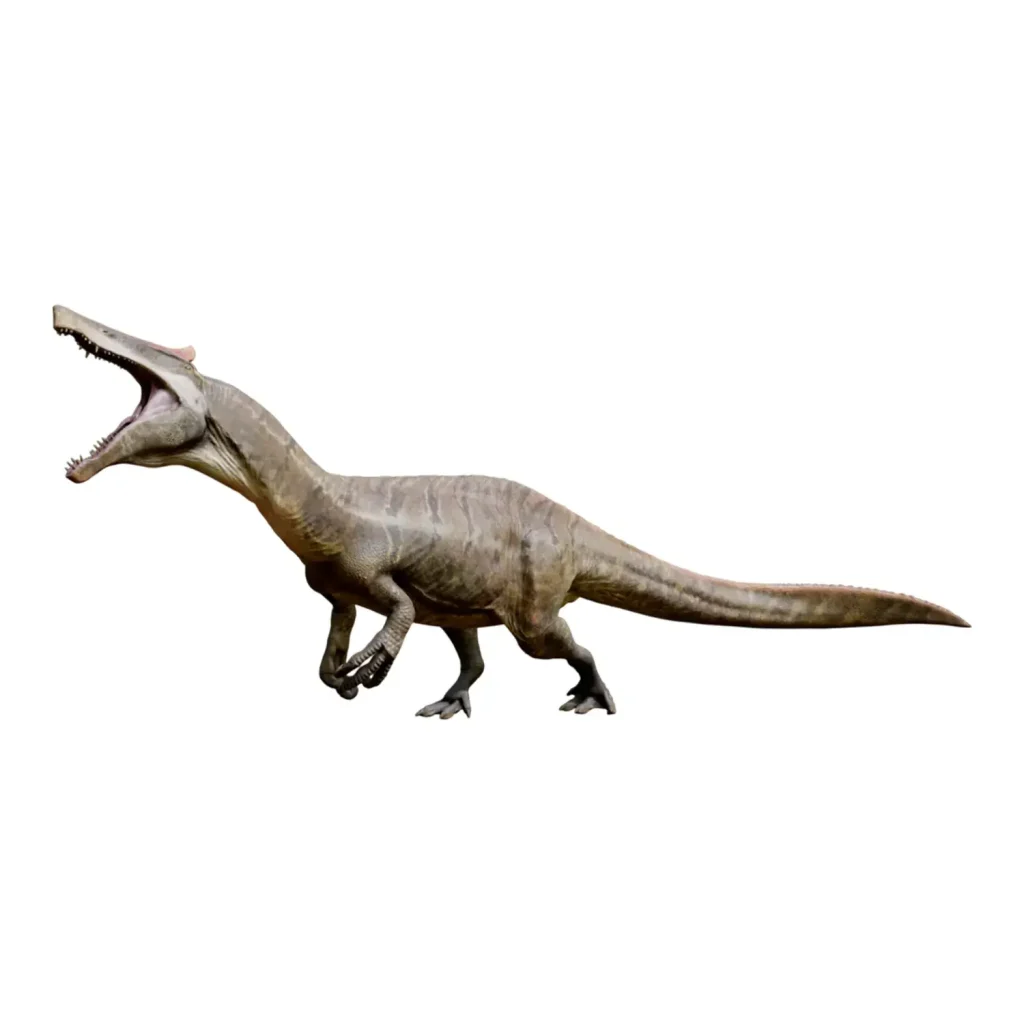
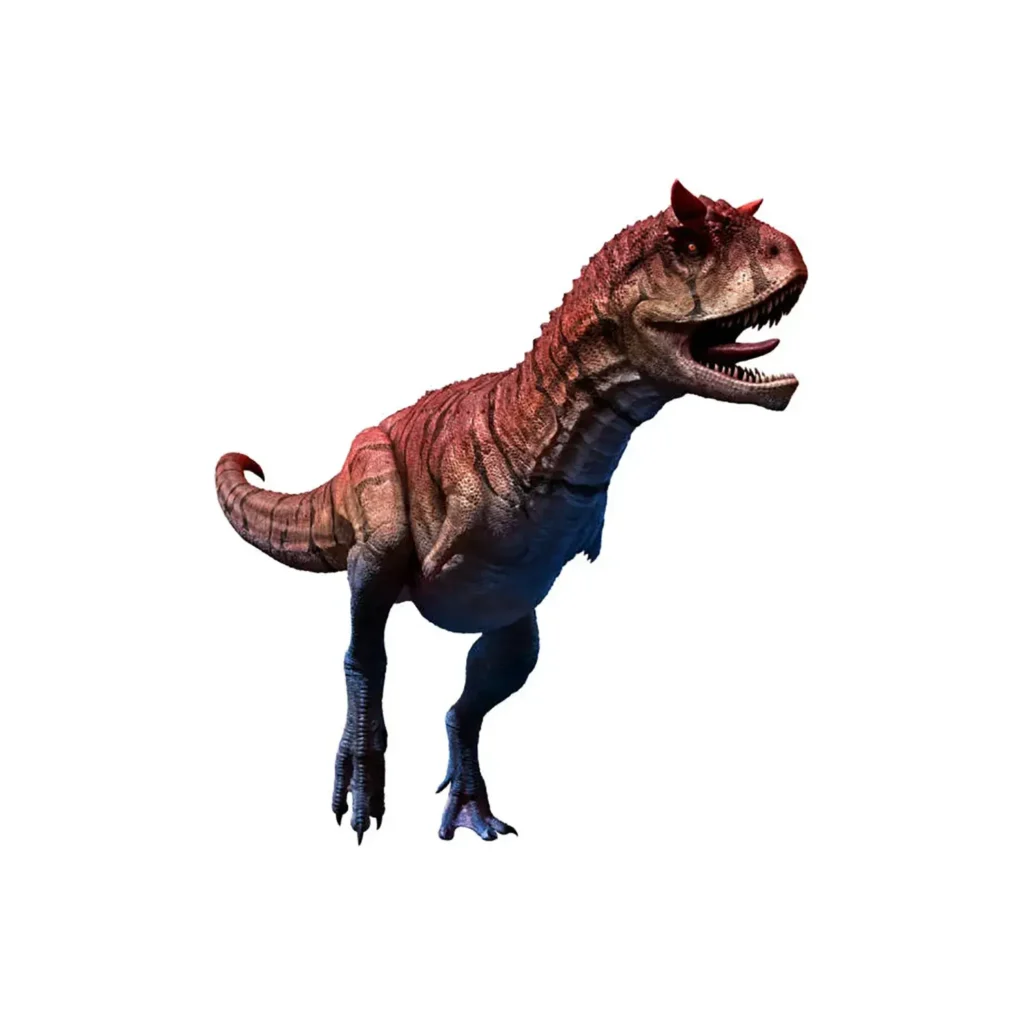
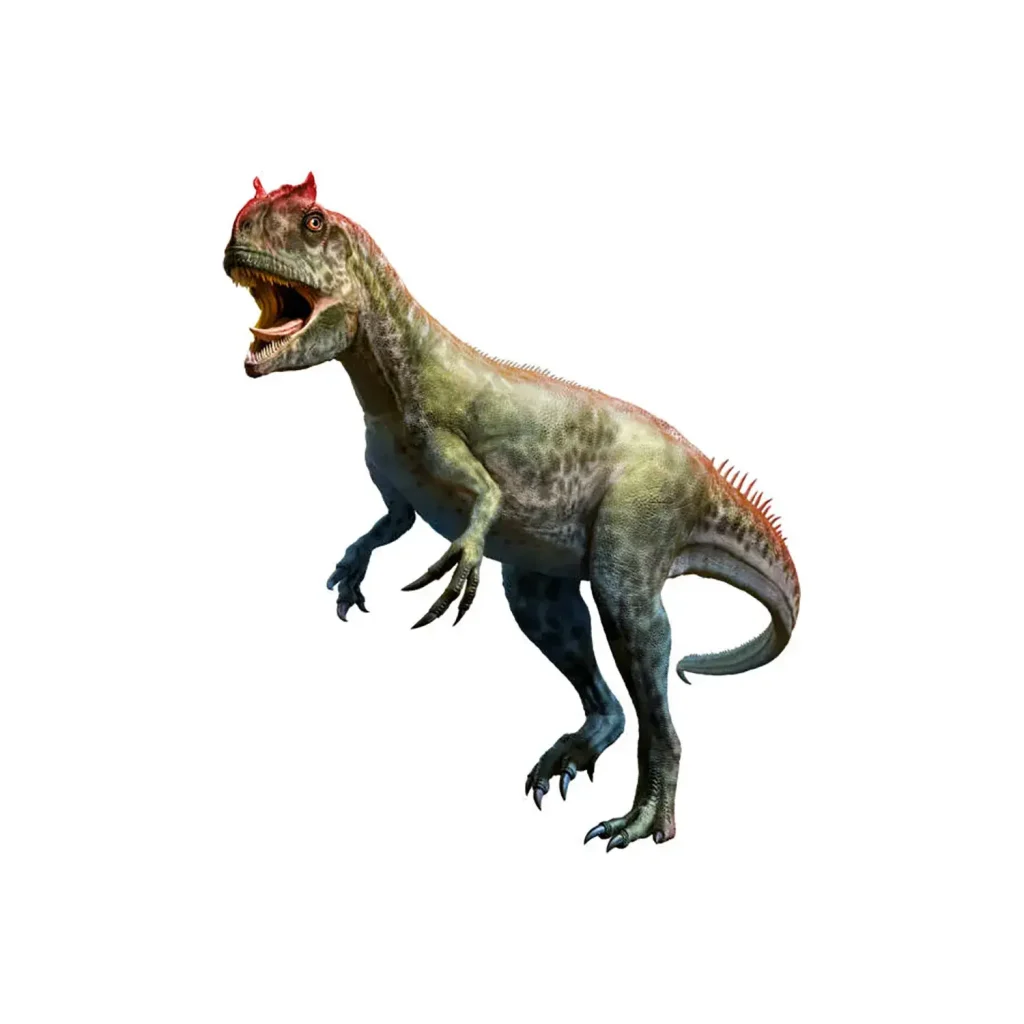
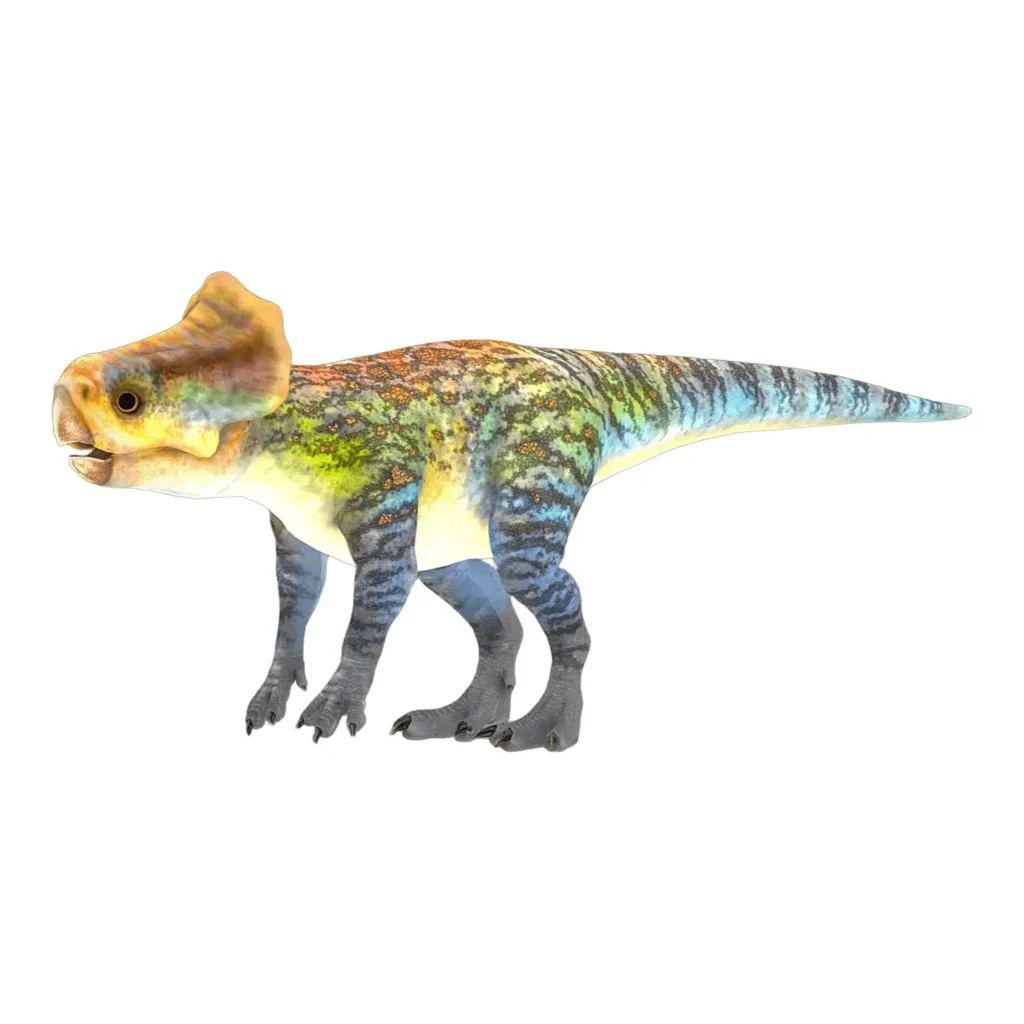













Description
Utatsusaurus hataii is one of the oldest and most primitive Ichthyopterygia (ichthyosaurs) that appeared in the seas of the Early Triassic, about 250 million years ago.
Its fossil was discovered in 1970 in Minamisanriku Town (formerly Utatsu Town), Miyagi Prefecture, and its genus name is derived from the discovery site, while the species name is in honor of the late Kotora Hatai.
Although its name includes “saurus,” it is a reptile that evolved entirely in the sea, separate from dinosaurs. It is a highly important creature as it shows the evolutionary transition from the group that survived the greatest mass extinction in history at the end of the Paleozoic Era to the ichthyosaurs that would later flourish in the oceans.
Primitive Features that Retain Traces of a “Lizard”
Compared to ichthyosaurs that appeared in later eras, Utatsusaurus had an “intermediate body” that strongly retained the characteristics of its terrestrial ancestors.
It reached a length of 2 meters up to a maximum of 3 meters, combining features of land animals and evolved ichthyosaurs.
Bone and Limb Characteristics: A Transitional Evolutionary Stage
Primitive Flippers
It had a long, slender body like a lizard, and its rear flippers were almost the same size as its front flippers.
This is in contrast to later ichthyosaurs, where the forelimbs became noticeably longer.
Pelvic Traces
Because it represents the earliest stage of evolution, it retained faint traces of a pelvis (pelvic girdle) that would be lost in later ichthyosaurs.
Although the connection between the pelvic girdle and the spine was weak, it showed slight characteristics of a land animal.
Limb Homogeneity
Its humerus and femur were almost the same length, showing characteristics of a transitional stage between the two extremes: later ichthyosaurs (with long humeri) and terrestrial amniotes (with long femurs).
Head and Swimming Style
Skull Morphology
Its skull was slenderer than the rounded skulls of later ichthyosaurs, and it had a long snout and large eyes.
Its mouth was lined with sharp teeth well-suited for catching prey.
Swimming Method
It did not yet have the dorsal fin or sufficient caudal fin that evolved ichthyosaurs possessed. It is presumed to have swum by undulating its long body like an eel.
Adaptation to Homeothermy and the Debate on Classification
Despite its primitive characteristics, studies of Utatsusaurus’s bone tissue and simulations suggest that it had already acquired a homeothermic (warm-blooded) metabolism and was actively swimming in the open ocean.
This fact is important evidence showing that the Ichthyosauria group underwent dramatic aquatic adaptation in a very short period during the Early Triassic.
Evolutionary Debate
In 1998, a research team led by Ryosuke Motani of UC Berkeley proposed a phylogenetic analysis suggesting that Utatsusaurus was closely related to lizard-like diapsids, and that Ichthyopterygia were distant relatives of lizards, snakes, and crocodiles.
However, another research team reported in 2013 that Ichthyopterygia are a monophyletic group, with Utatsusaurus representing its basal (most primitive) classification.
Historical Significance and Discovery Location
Nearly complete skeletons of Utatsusaurus have been discovered in Minamisanriku Town (formerly Utatsu Town) and Ogatsu Town (now Ishinomaki City), Miyagi Prefecture.
Minamisanriku Town features many geological layers from the Permian to the Jurassic periods, and Utatsusaurus, as the oldest ichthyosaur species that inhabited the waters near Japan, is key to unraveling the subsequent evolutionary history of ichthyosaurs.
While the holotype specimen is housed at the Tohoku University Museum, a portion of the fossil was stolen in a grave robbing incident at the excavation site in Tatezaki, Utatsu Town, in 1990.
The Tatezaki excavation site in Minamisanriku Town is currently designated as a National Natural Monument, along with the fossil itself.